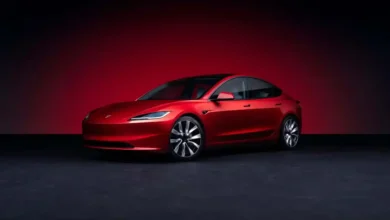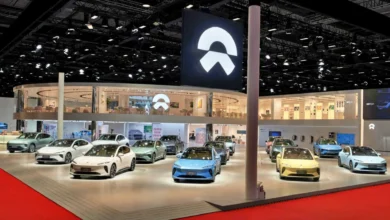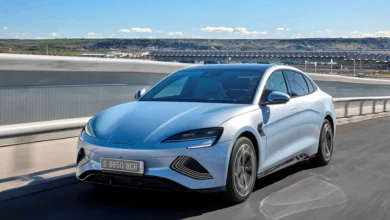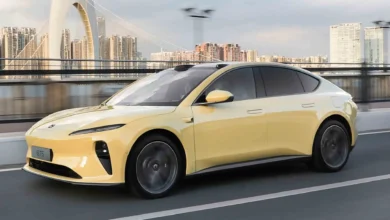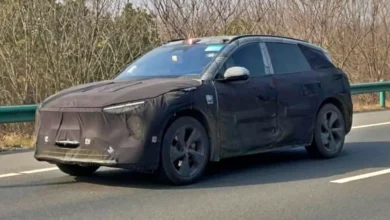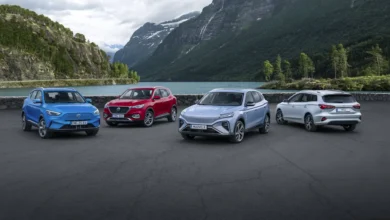
During an event, the Chinese manufacturer NIO confirmed its ambitious expansion plans both in its growth by markets, as well as in the increase of its added services. Among them is the network of battery change stations, which will reach its third generation, and above all the significant growth of its ultra-fast charging network, which will begin to receive 500 kW points.
So far, NIO is the only manufacturer that has relied on large-scale battery replacement technology. A huge investment that has allowed it to expand its network from 200 to 1,000 stations in just 15 months on a network that has accumulated more than 10 million sessions in this time. An average of 30,000 changes per day.
By the end of 2025, NIO expects to have 4,000 active battery charging stations around the world, around 1,000 of them outside of China, including Europe, where the third generation should arrive by the end of the year, with a design more compact, and with higher operating speed that will reduce the 6 or 7 minutes currently needed for each battery change.
NIO 500 kW charging points
At the same time, NIO is already laying the foundations for future generations of electric cars by further expanding its network of charging stations, and it is also doing so with extremely high powers designed for both private and industrial vehicles.
At Power Day, NIO announced its plans for the installation of 500 kW DC fast chargers in both China and Europe later this year.

An important leap forward concerning the 350 kW is that the points of the NIO network currently count as a maximum, which at the moment cannot be used by any electric car on the market since the most advanced ones such as the Porsche Taycan reach 270 kW.
But these stations will be able to serve the next generation, mainly those that use an 800V architecture, as well as heavy models, such as vans, trucks, or electric buses, which will be able to make the most of stations capable of squeezing the maximum capabilities of all models on the market.
And is that with 500 kW, a model capable of taking advantage of this power should be able to recover 80% of its battery capacity in less than 10 minutes, or achieve a range of about 100 kilometers in just a couple of minutes connected. A true madness that would bring the recharging times closer to those of refueling a gasoline car.
